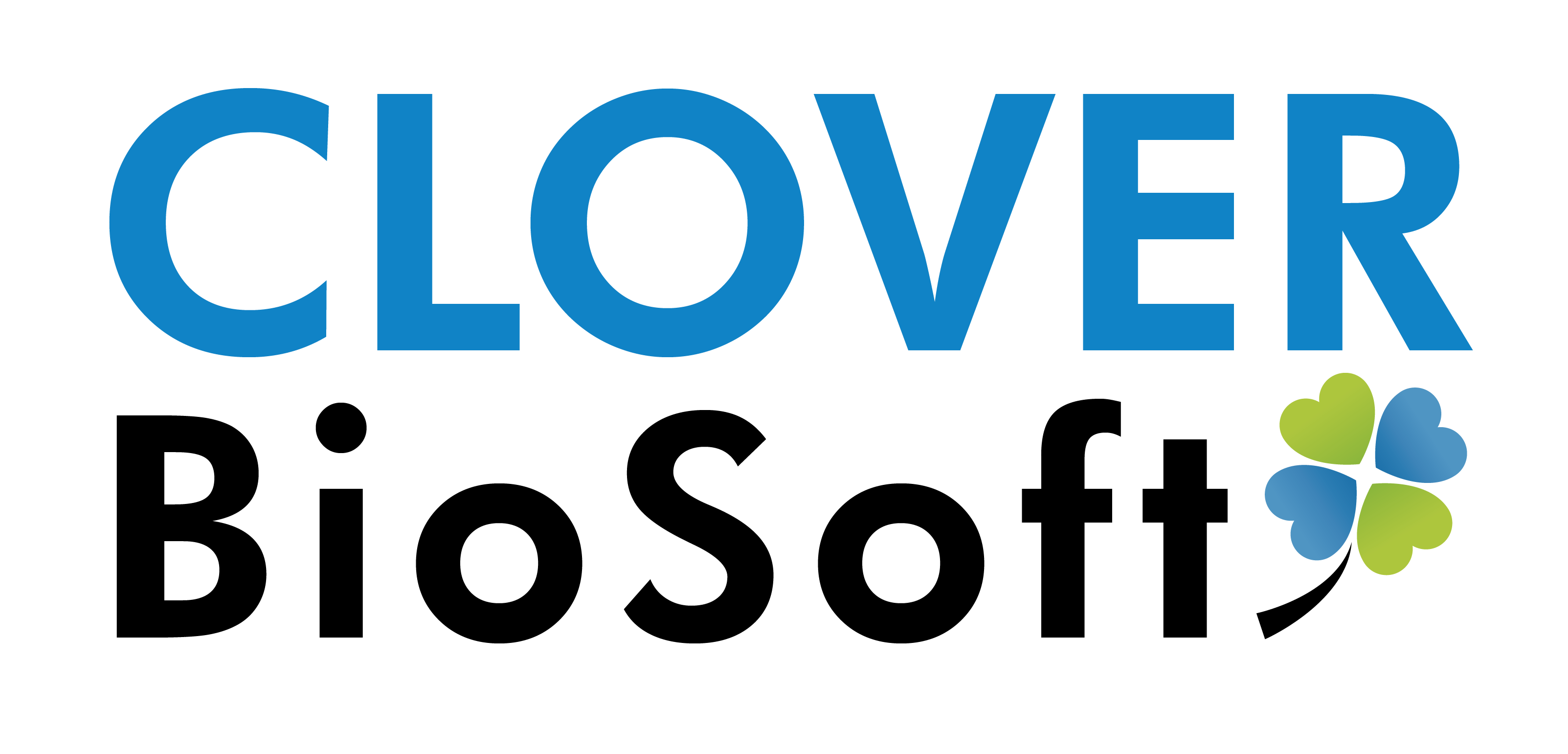Mass spectrometry technique is already known for its targeted, non-targeted and high throughput abilities that give it a great potential as a tool for proteomics data analysis. However, the quantification and identification methods that are used generate large amounts of data. At this point, a computational approach is required, and machine learning is one of the best solutions.
It can be applied to mass spectrometry (tandem MS in this case) in a few ways. These applications are described in a paper from some researchers of several UK universities and the King Abdulaziz University where it indicates what is to be learnt from the data, the factors that affect the main objective and the validation procedures.
You can download the paper here.
